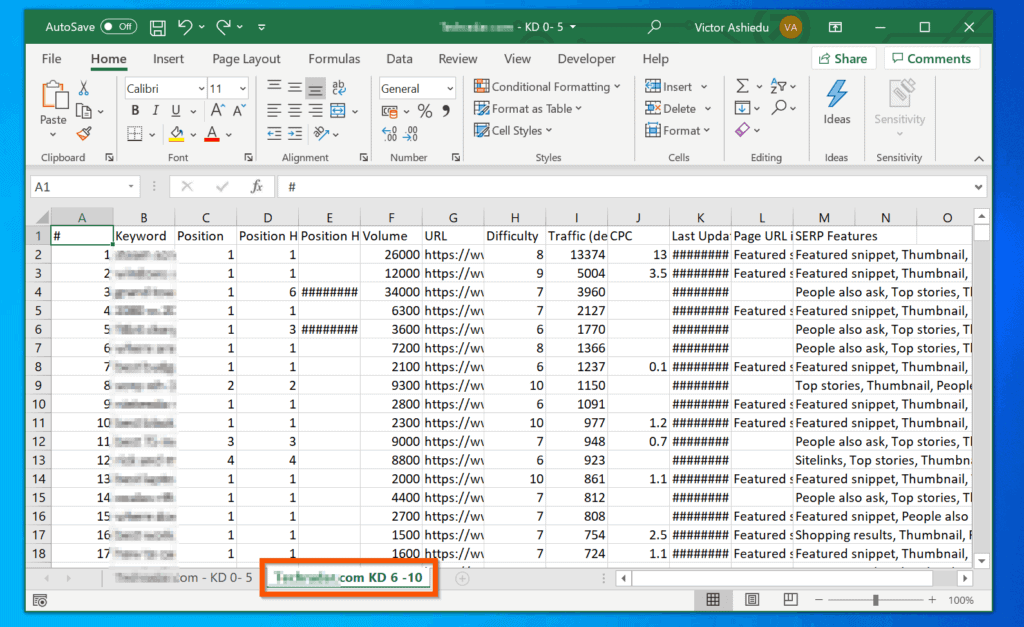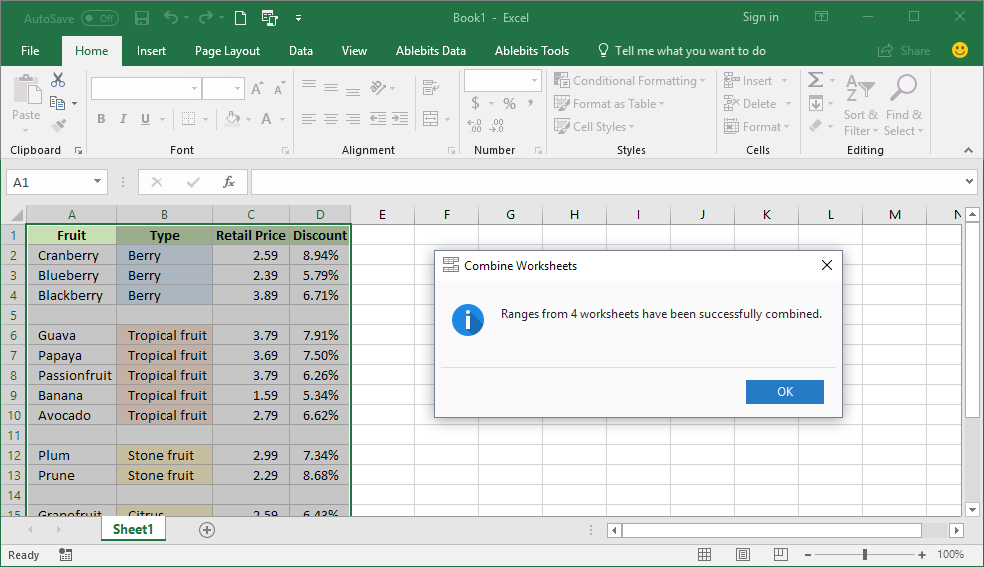5 Easy Steps to Merge Excel Sheets with VLOOKUP

When working with Microsoft Excel, combining data from multiple sheets can be a daunting task. However, with the VLOOKUP function, you can simplify this process and ensure your data is consistent and error-free across different worksheets. This article outlines five easy steps to merge Excel sheets using VLOOKUP, ensuring you can efficiently integrate your datasets.
Step 1: Organize Your Data

Before diving into using VLOOKUP:
- Ensure each sheet has unique identifiers or keys, like ID numbers or employee codes, which will be used to match records.
- Standardize column headers across sheets for consistency.
- Clean your data by removing duplicates, correcting typos, and aligning formats.
Step 2: Identify Key Columns

Identify a common field in both sheets to use as the lookup value:
- This could be an ‘ID’ column or any unique identifier present in all sheets.
Step 3: Apply VLOOKUP

Now that your data is organized, here’s how to use VLOOKUP:
- Select the cell where you want the data to appear from the lookup sheet.
- Enter the VLOOKUP formula:
=VLOOKUP(lookup_value, table_array, col_index_num, [range_lookup]) - lookup_value: The unique identifier or key from your primary sheet.
- table_array: Reference to the range of cells in the secondary sheet where the matching value is located.
- col_index_num: The column number in the secondary sheet that contains the data you want to pull.
- [range_lookup]: Optionally set to TRUE for an approximate match or FALSE for an exact match.
🔑 Note: Remember to lock your reference ranges for the VLOOKUP function to avoid errors when copying the formula.
Step 4: Handling Errors and Updates

When merging sheets with VLOOKUP, you might encounter errors:
- Use IFERROR to handle potential errors smoothly:
=IFERROR(VLOOKUP(A2,Sheet2!A1:D100,2,FALSE),“Not Found”) - Ensure that updates in one sheet reflect in the merged data by re-applying the VLOOKUP formulas or using dynamic references.
Step 5: Automate and Optimize

To improve efficiency:
- Automate repetitive tasks by using VBA (Visual Basic for Applications) scripts or power query for more complex merging scenarios.
- Use Table or Power Query features in Excel to dynamically expand your dataset as new rows are added.
🚀 Note: Automating data management can save a significant amount of time, especially when dealing with large datasets.
By following these steps, you've learned to merge Excel sheets using VLOOKUP, ensuring data integrity and enhancing your workflow. This technique not only streamlines the process of data integration but also empowers you to manage and analyze large datasets with greater ease. Remember, mastering functions like VLOOKUP will make your data handling tasks more manageable and your Excel experience more rewarding.
What if the lookup value is not found?

+
Use the IFERROR function to return a message like “Not Found” when the VLOOKUP can’t find a match.
Can VLOOKUP work across different workbooks?

+
Yes, VLOOKUP can look up data across workbooks, provided you reference the external workbook correctly in your formula.
What are the limitations of VLOOKUP?

+
VLOOKUP has limitations, including looking for values only in the first column of a range, not allowing for a left lookup, and it’s less efficient with large datasets.
Can I merge data from multiple columns with VLOOKUP?

+
You can use multiple VLOOKUP formulas to retrieve data from different columns, but it’s not the most efficient approach for complex mergers.
How can I make VLOOKUP formulas dynamic?

+
Using Excel tables or dynamic named ranges can help your VLOOKUP formulas adjust as data changes or new rows are added.



